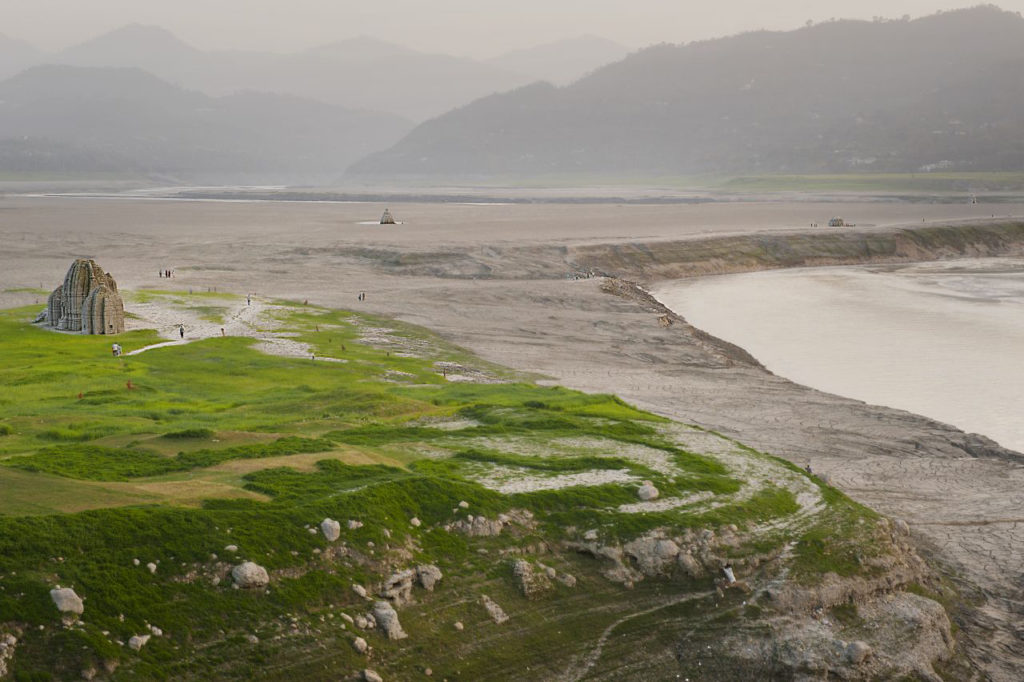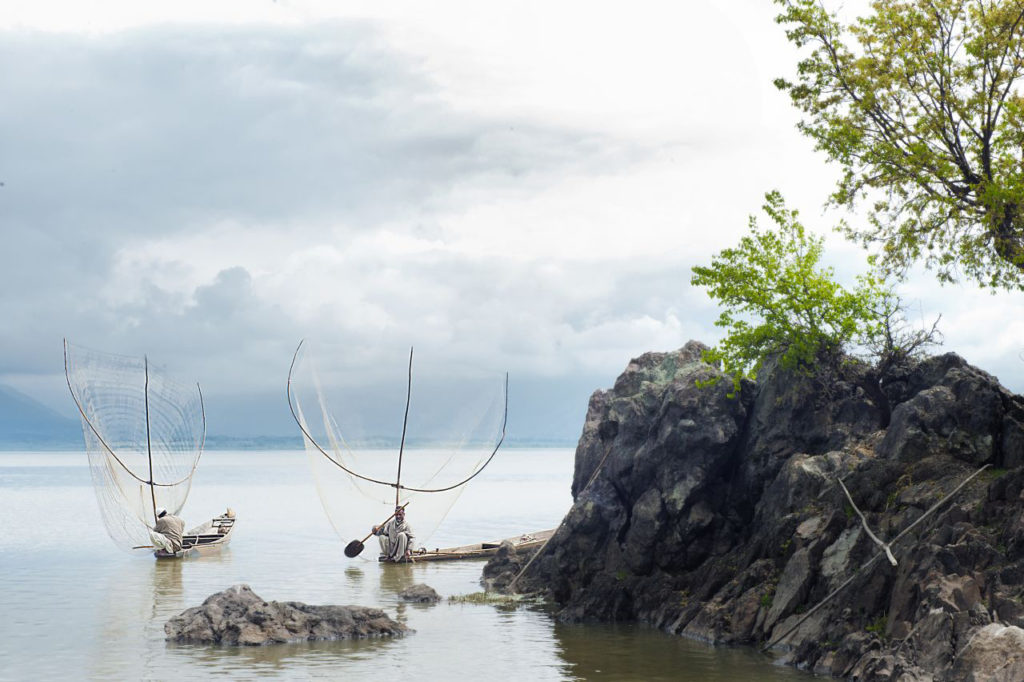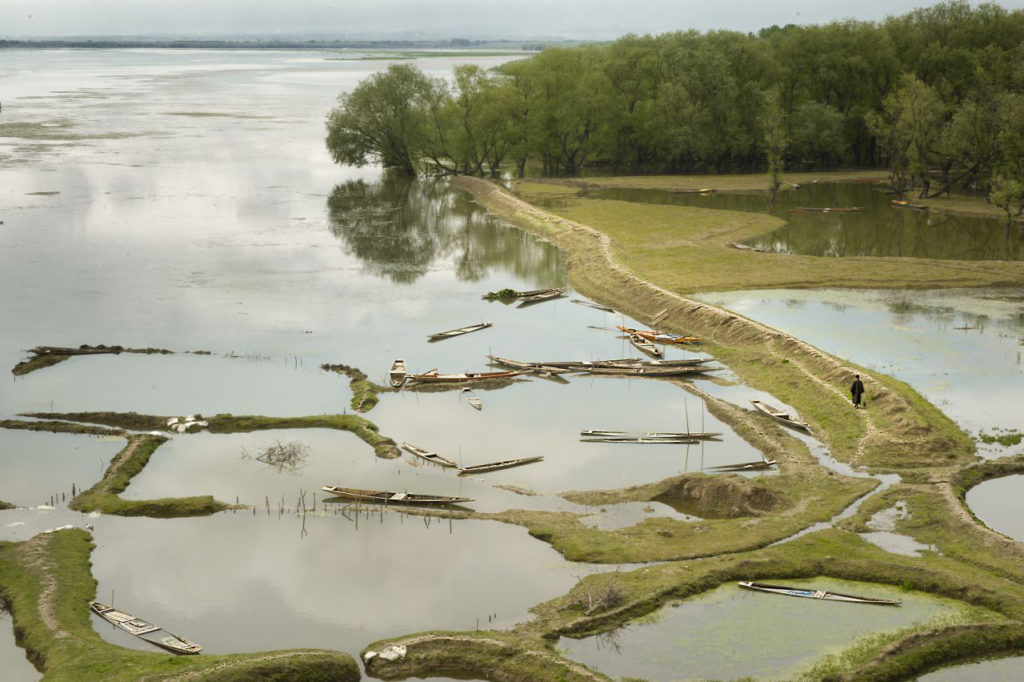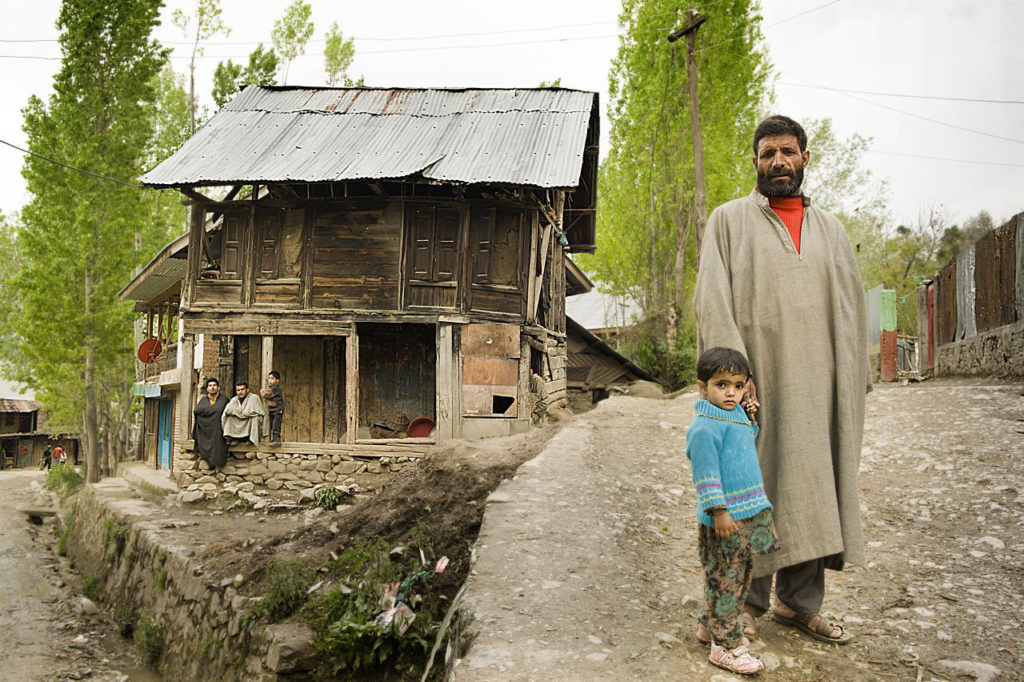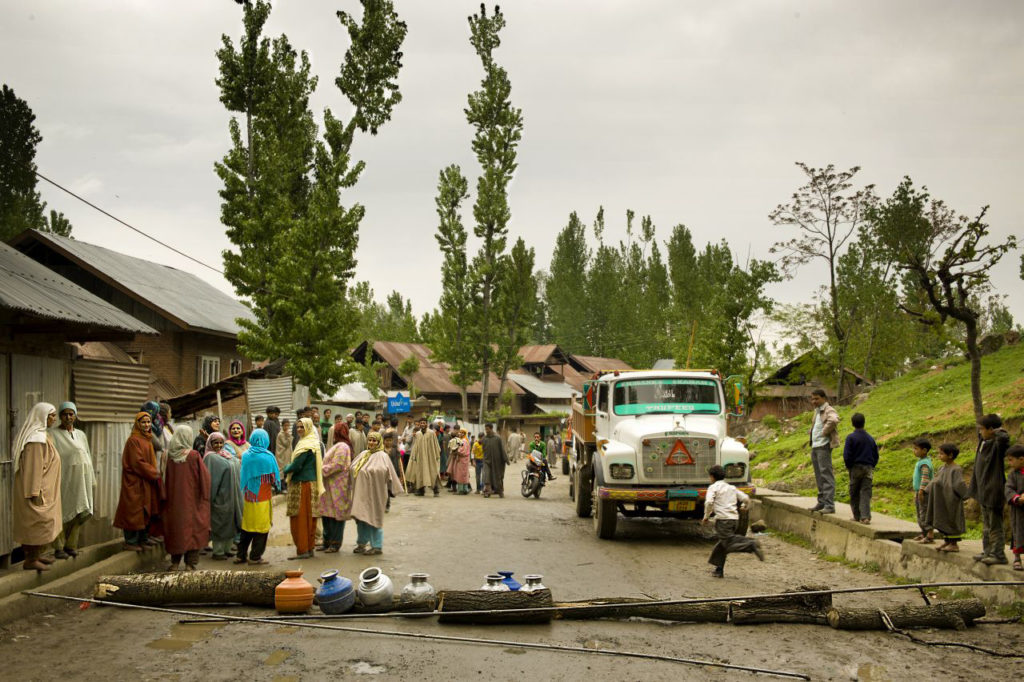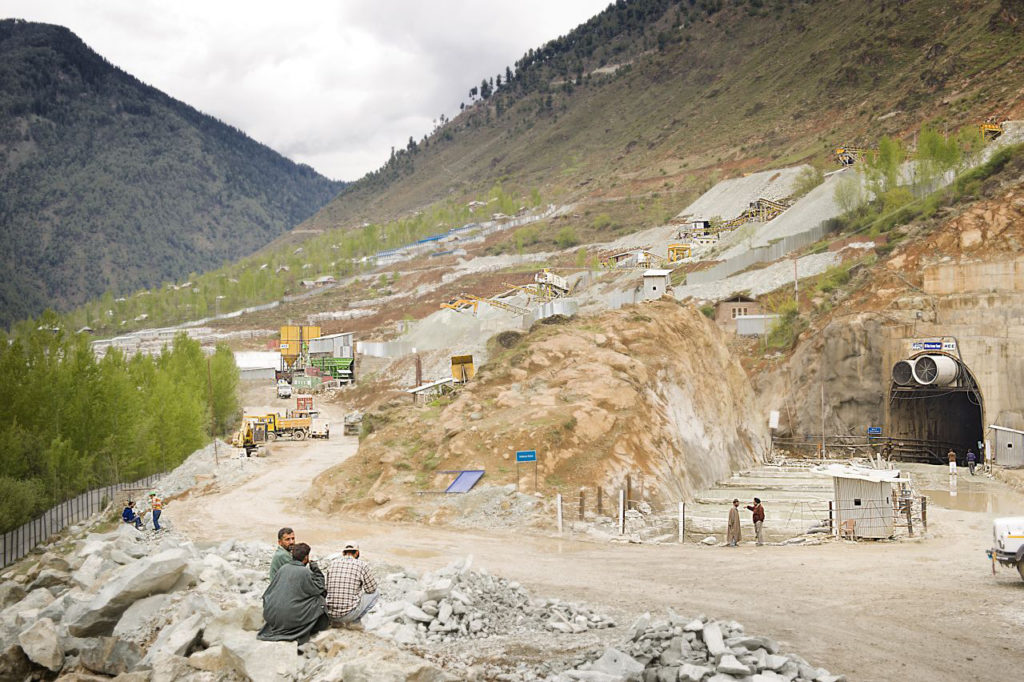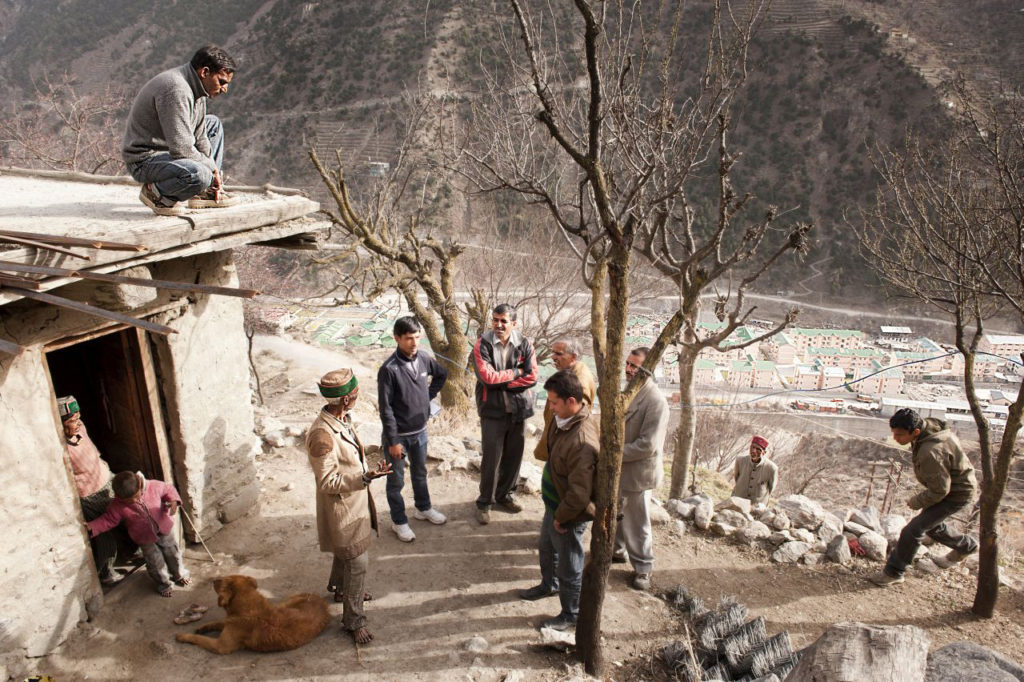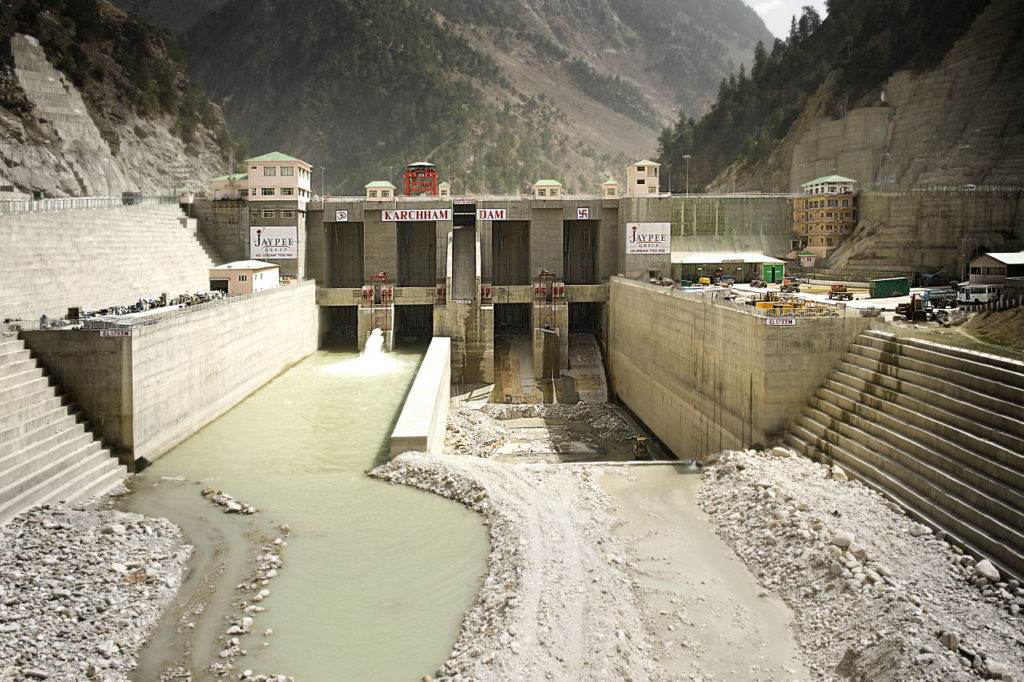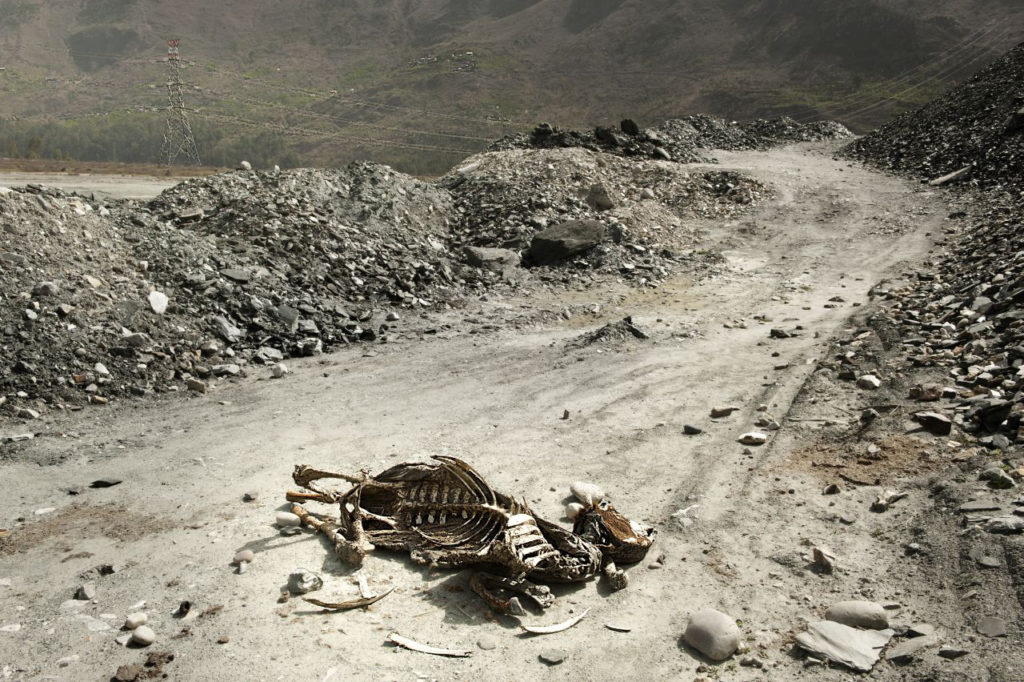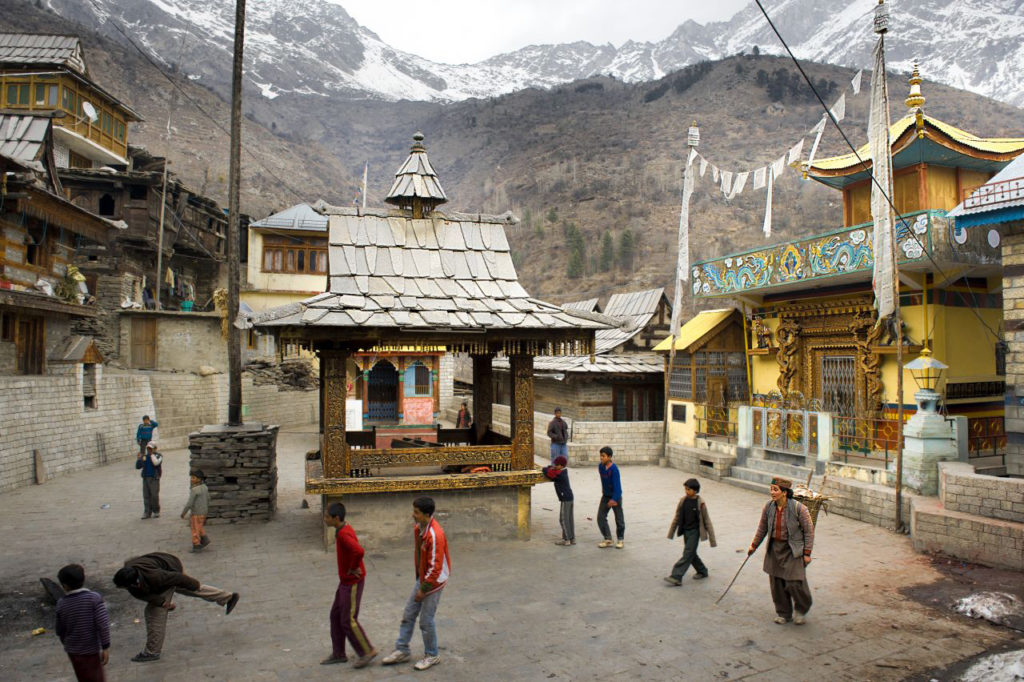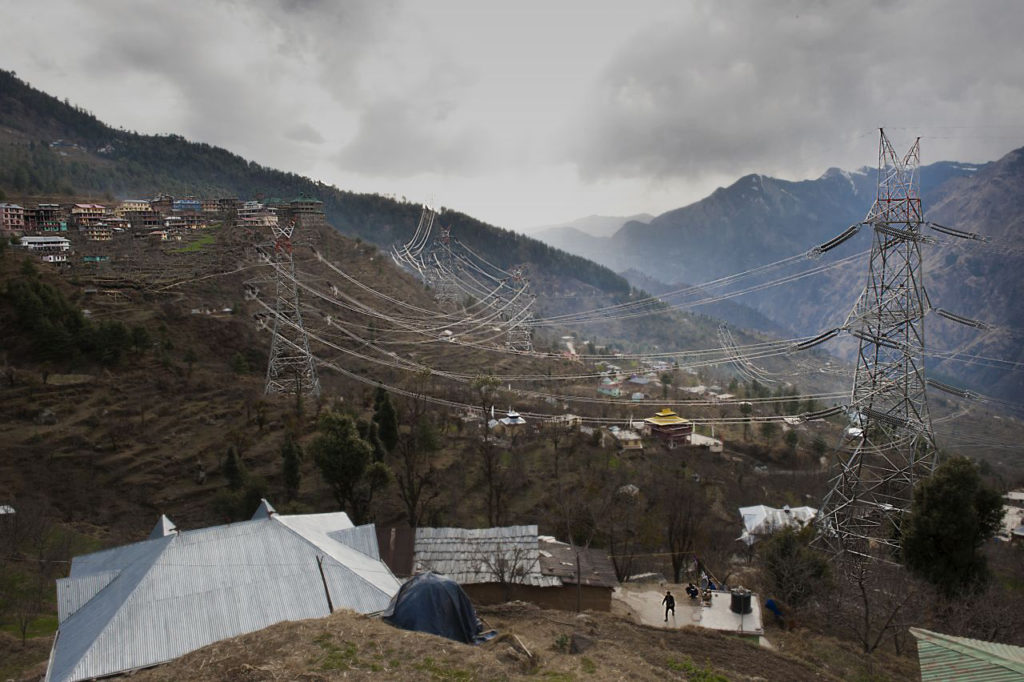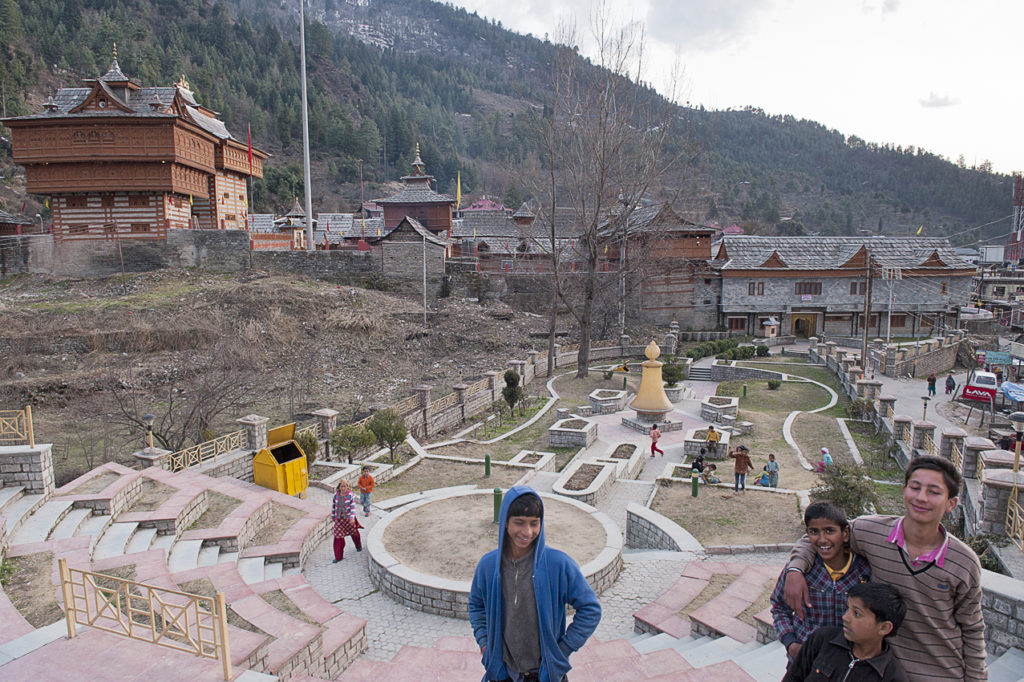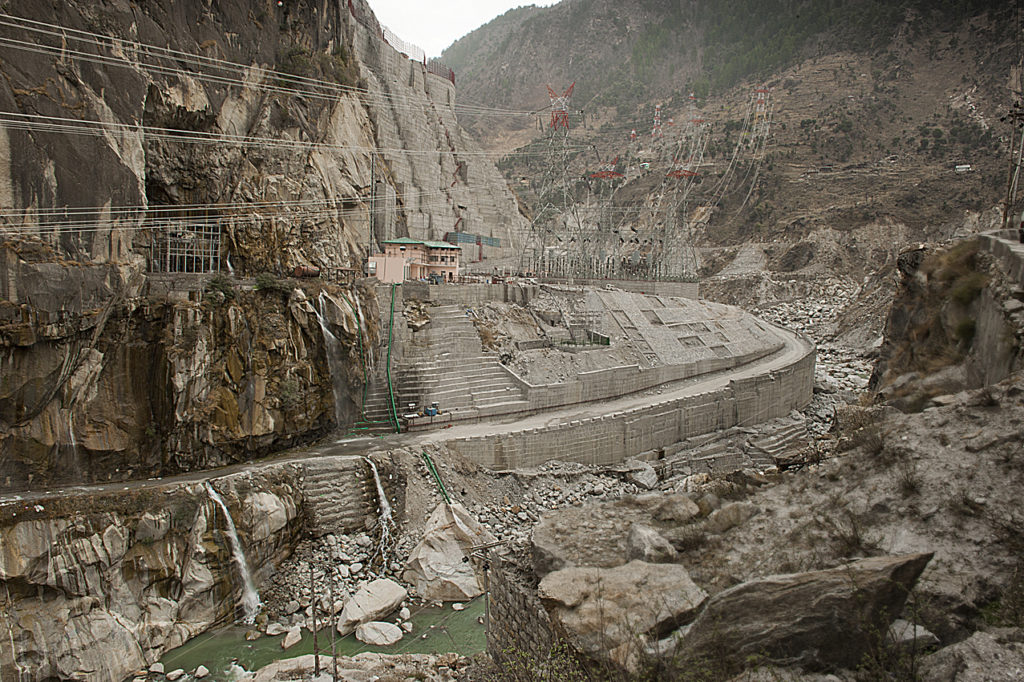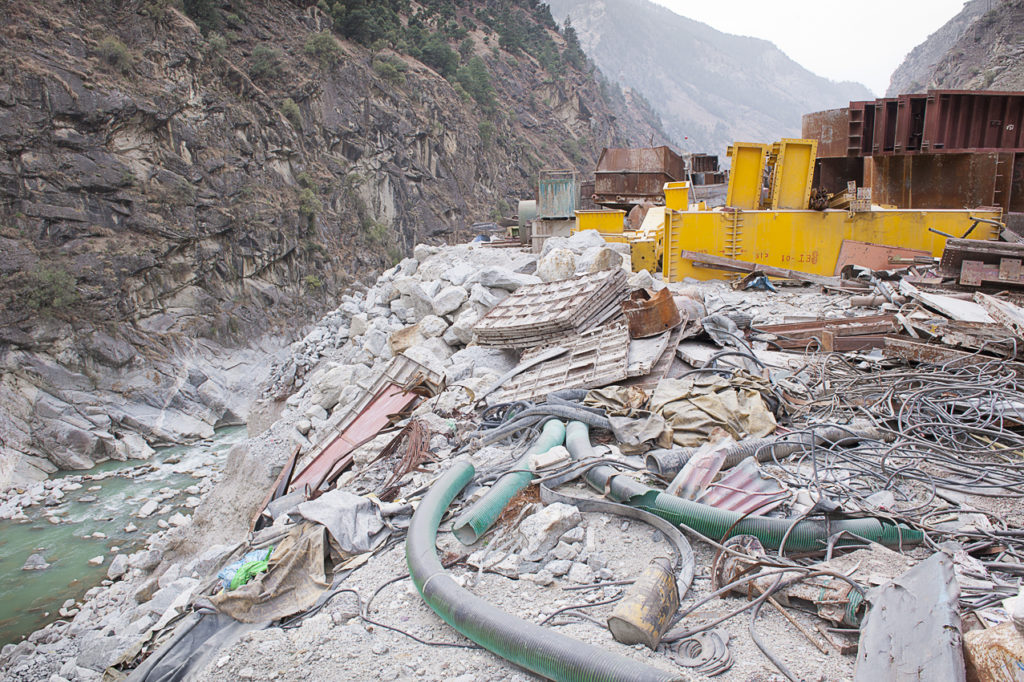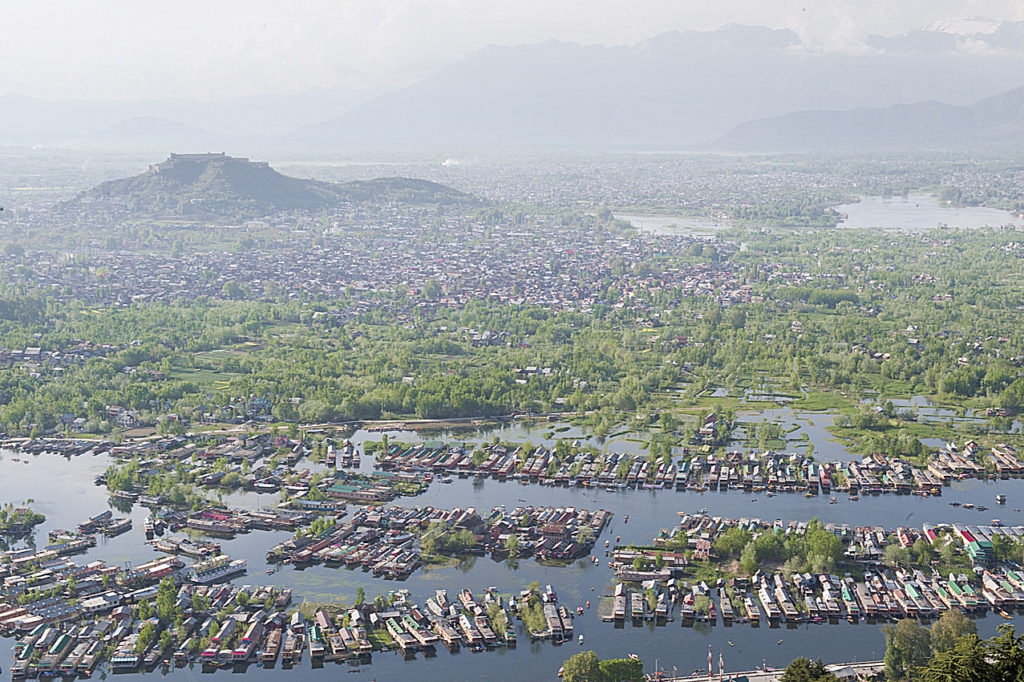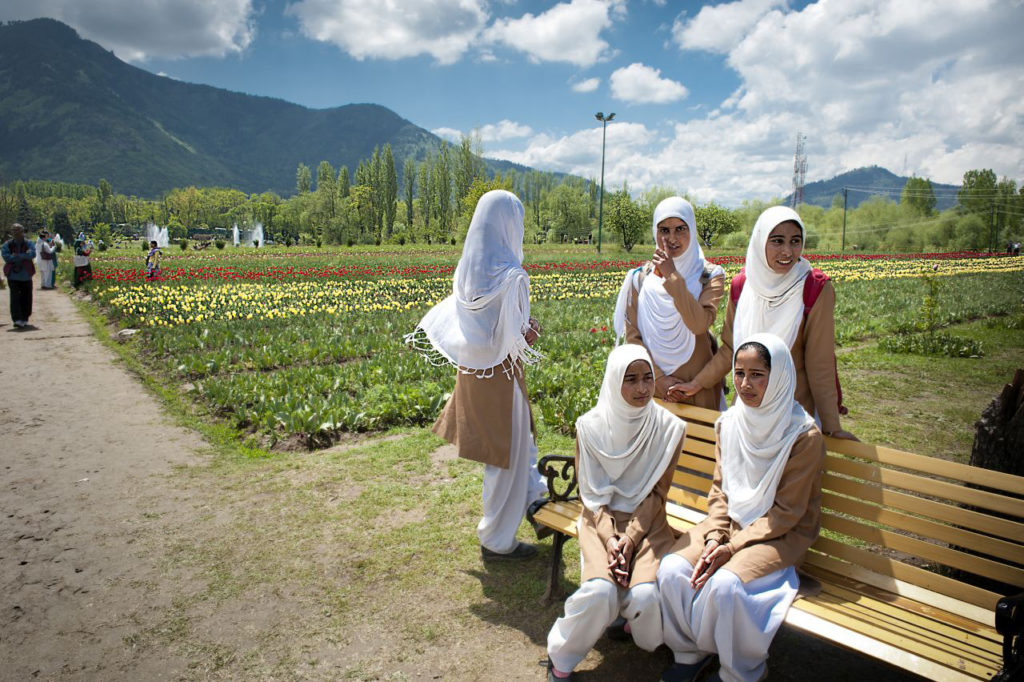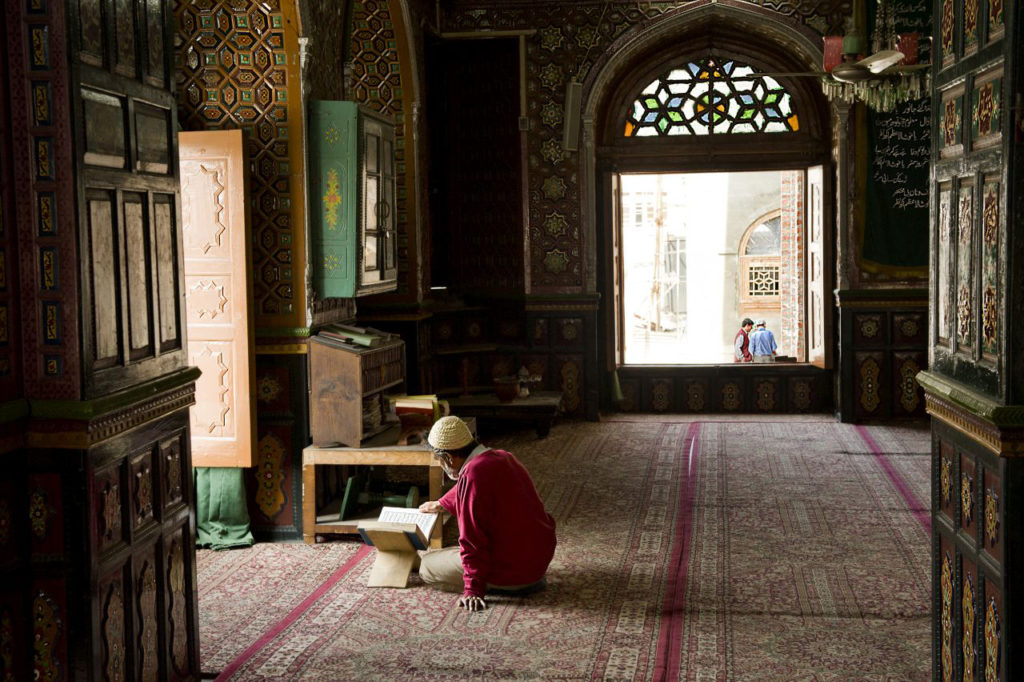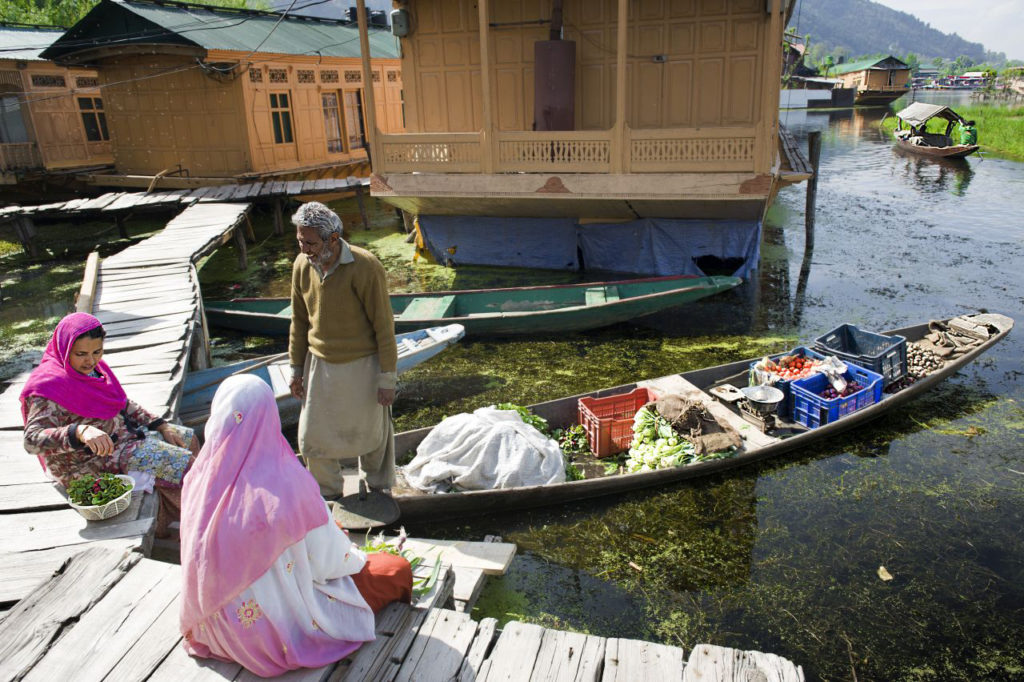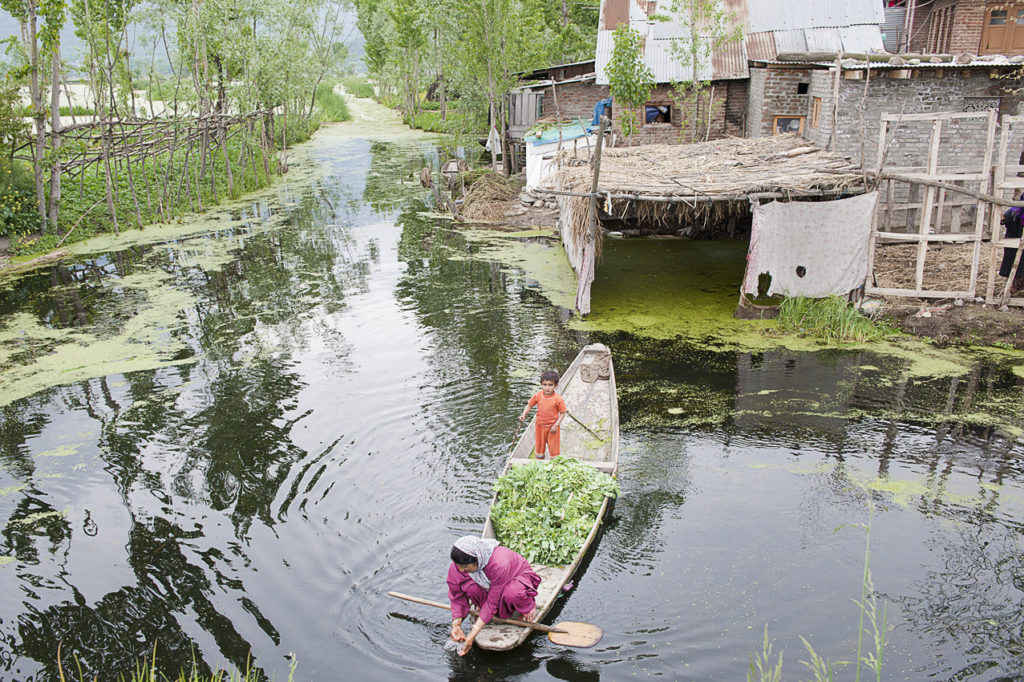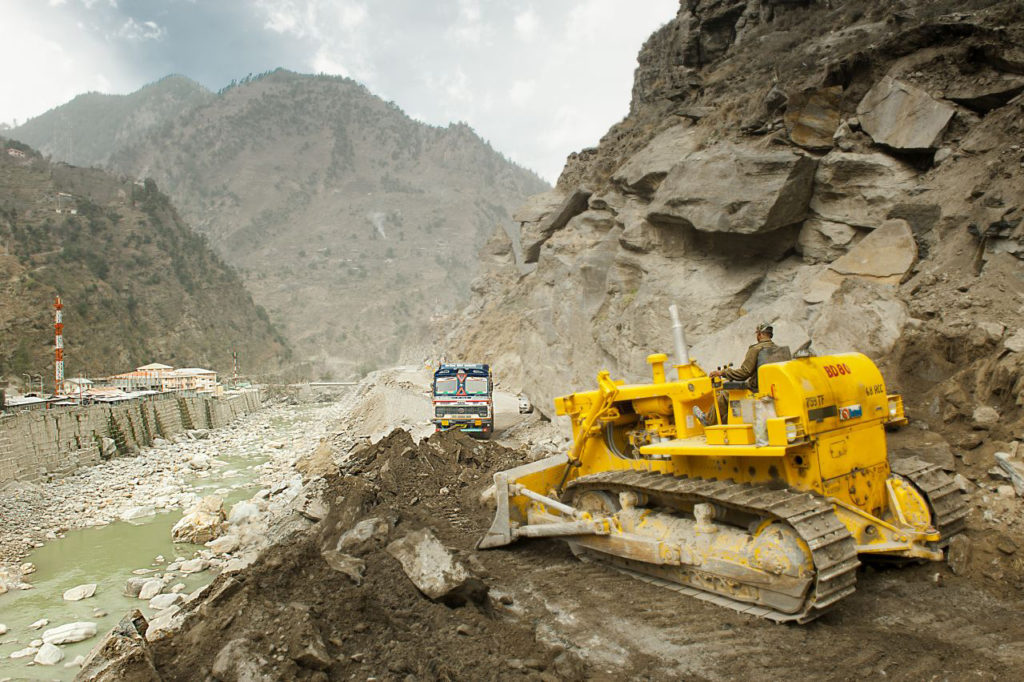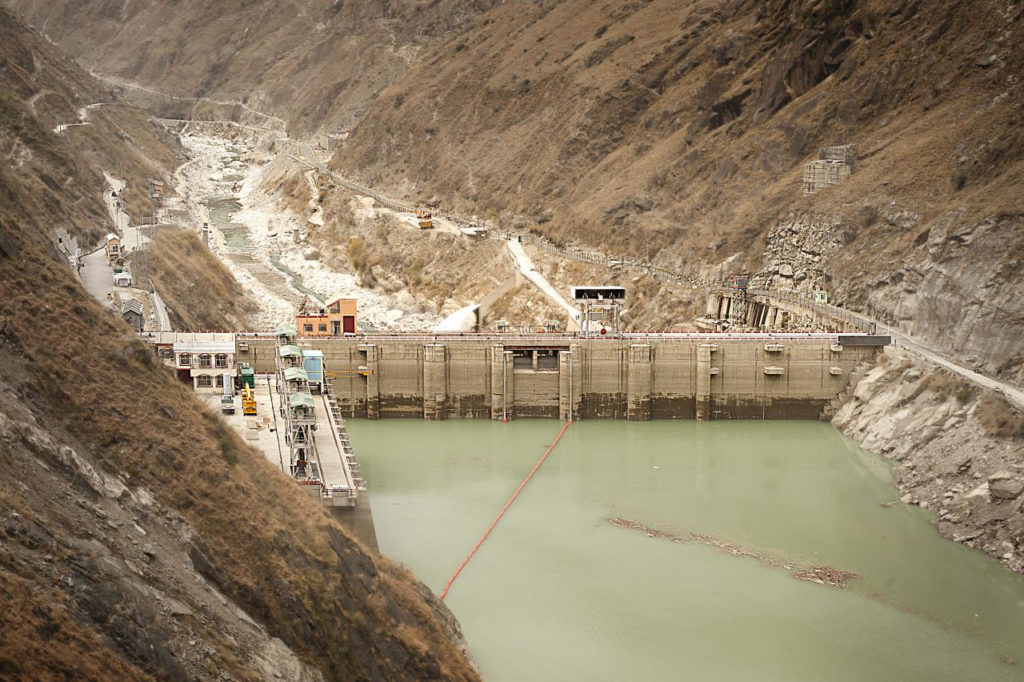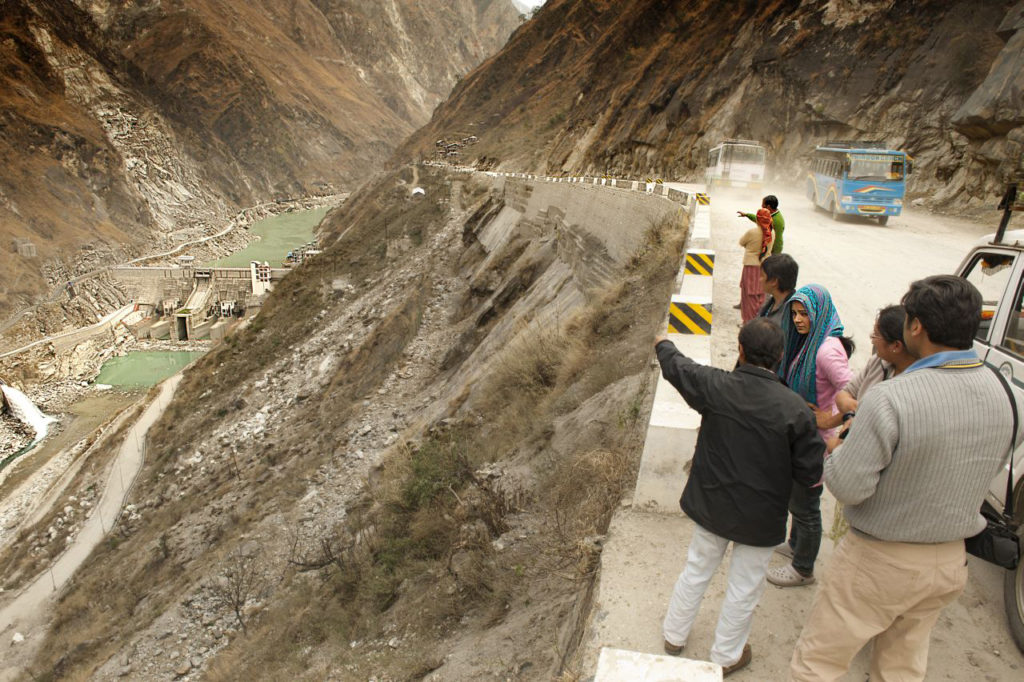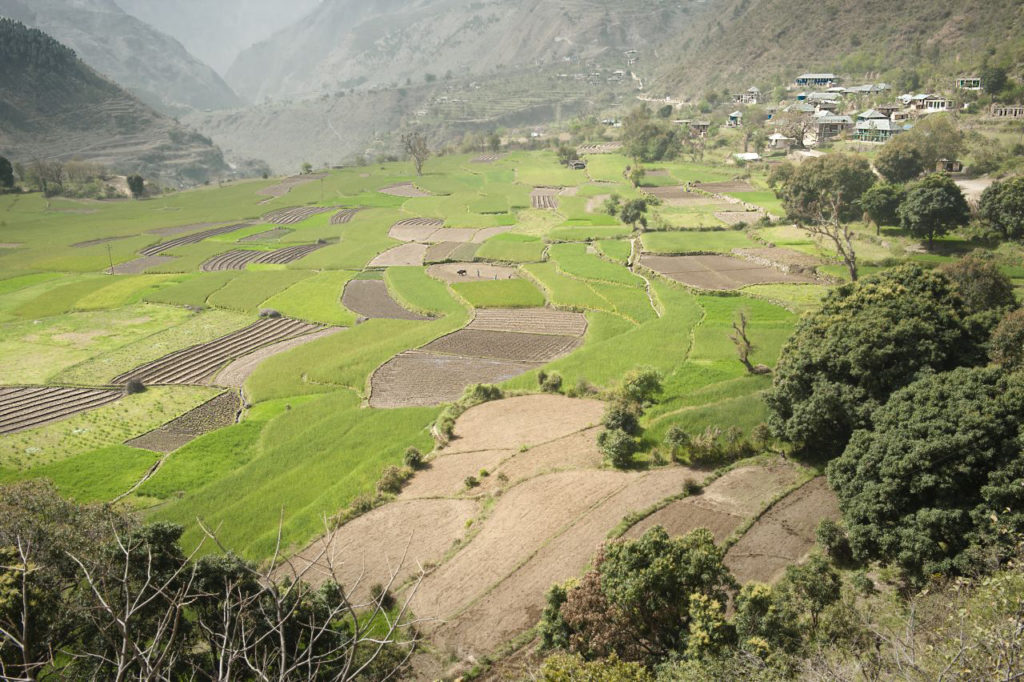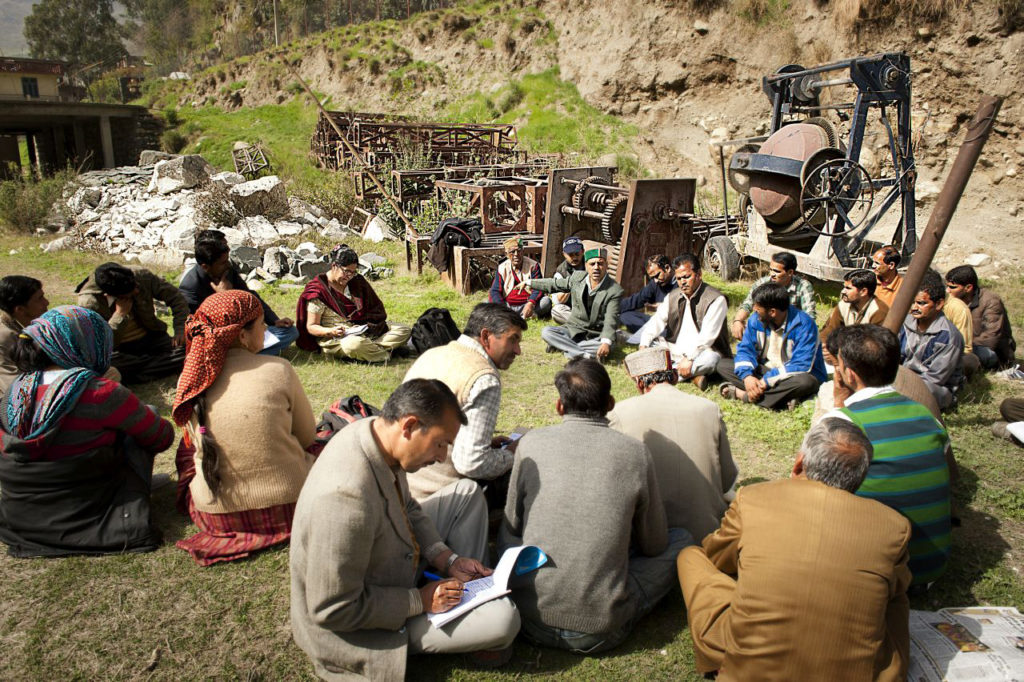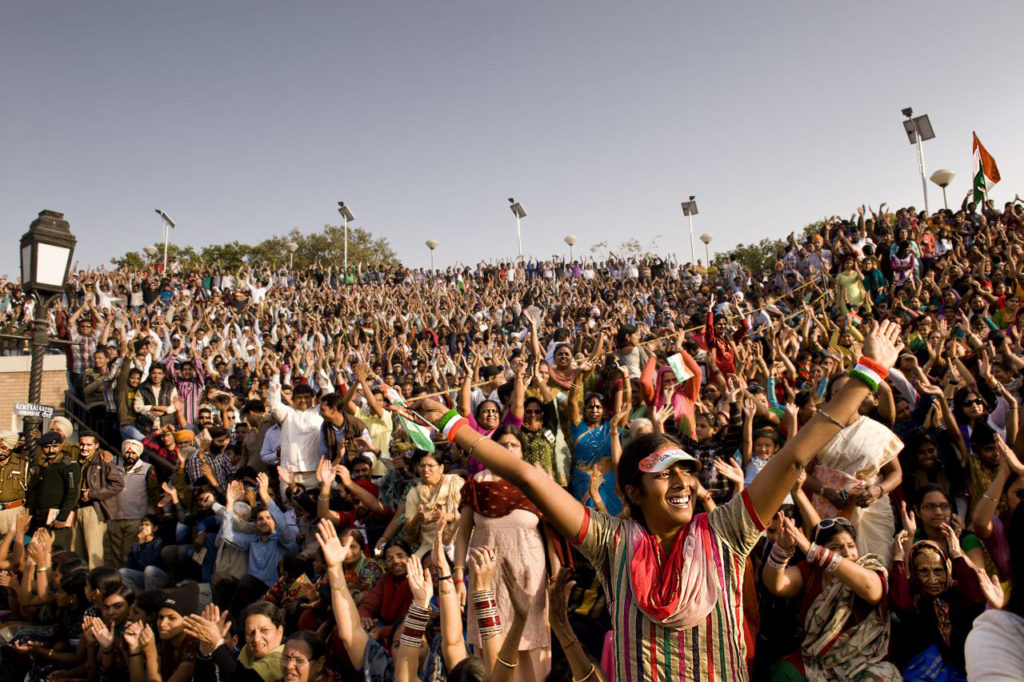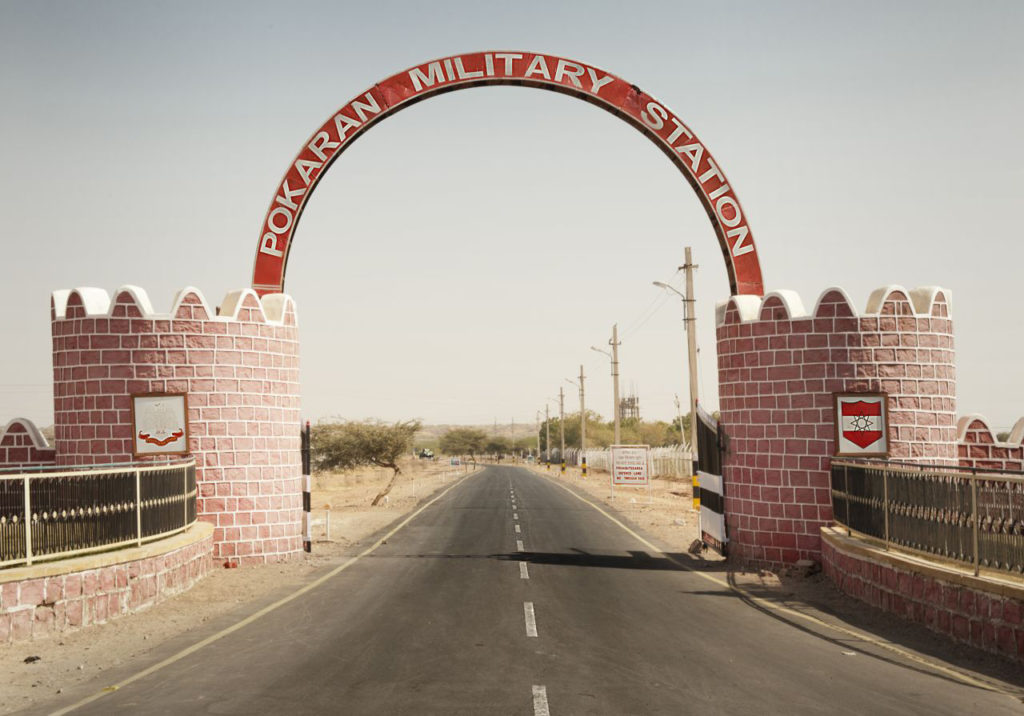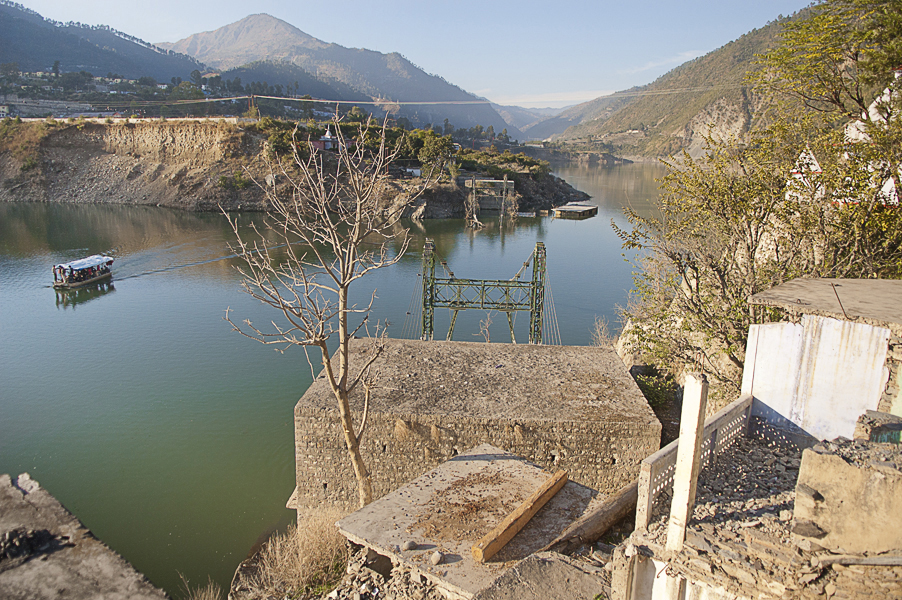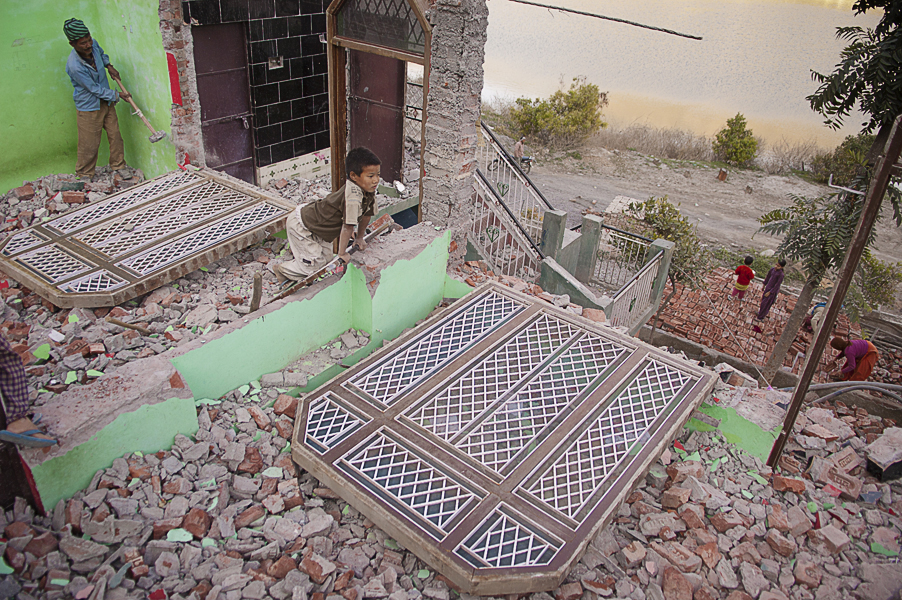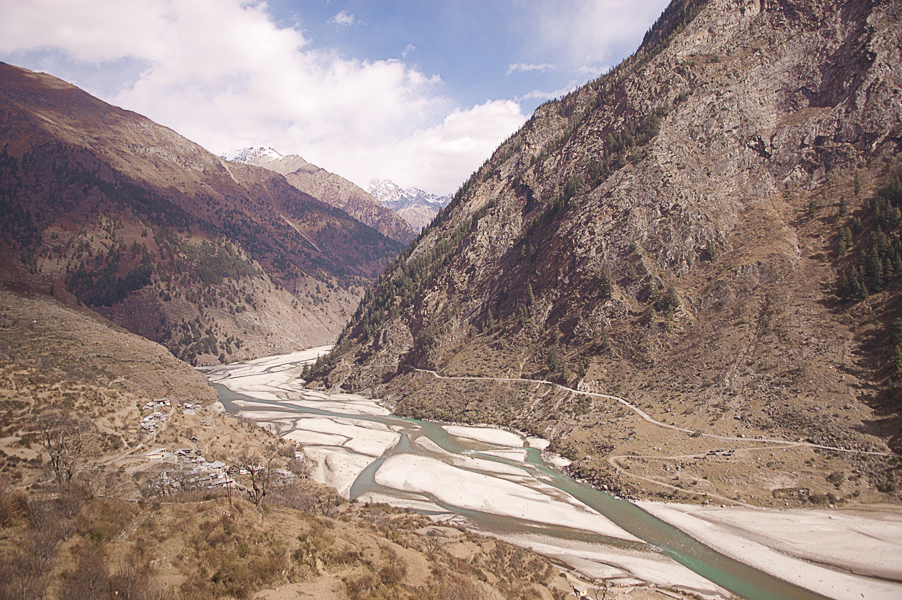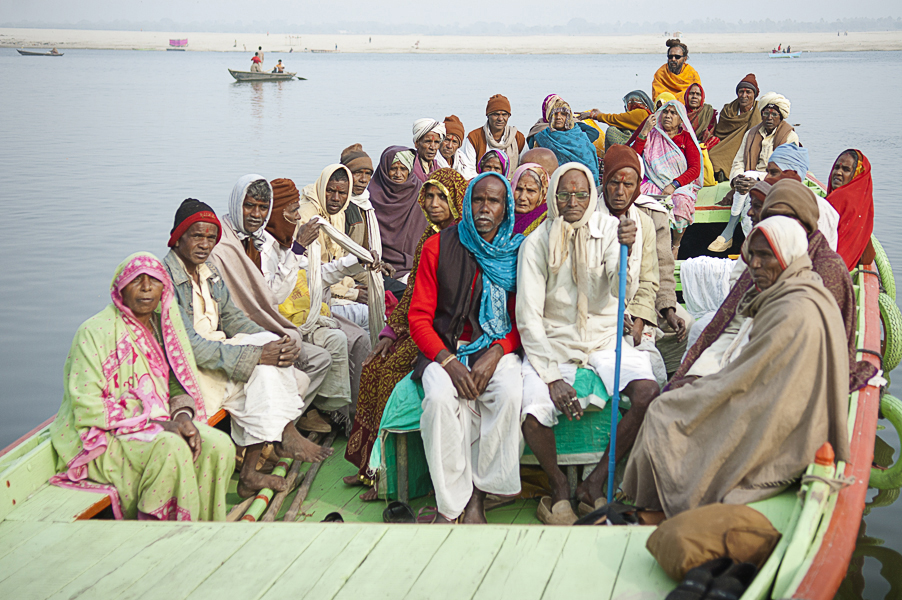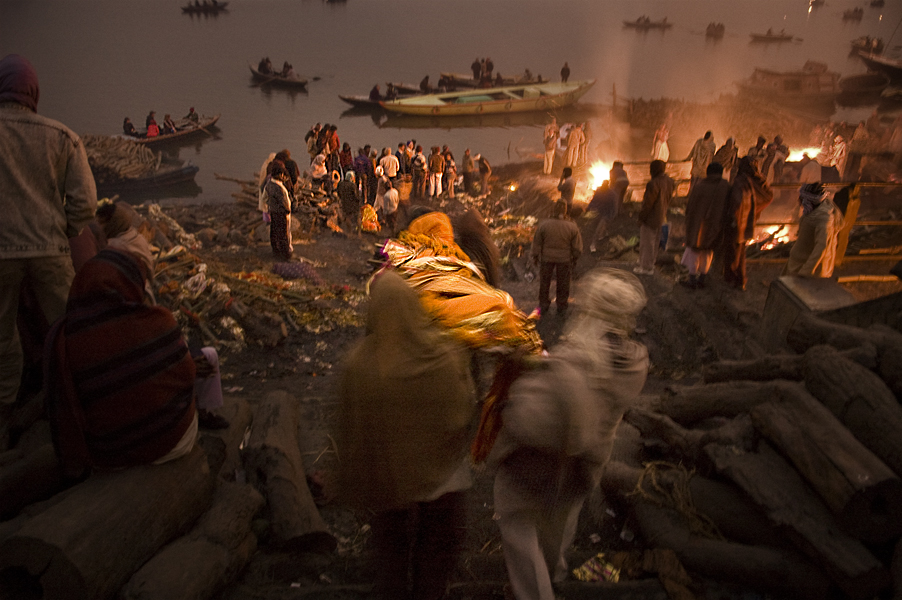Despite Pakistan reiterated claiming of Indus Water Treaty violation, Indian Prime Minister Narendra Modi finally inaugurated the Kishanganga hydropower plant, which is expected to come into operation in next months. The new dam in the occupied Kashmir region will divert the Jhelum river waters through tunnels to the Wular Lake, submerging tens of villages. Proliferation of HP plants along the Indus tributaries – Jhelum, Sutlej, Chenab, Ravi, Beas – is heightening tensions between the two countries. As even the “Avoiding Water Wars in South and Central Asia” report by US Senator John Kerry acknowledged, the new dams under construction at present – 45 just in Kashmir – would eventually make it possible for India to block water supply providing for 80 per cent of Pakistan agriculture needs. Pakistani grudge has been growing over a long time. Hafiz Saeed, an Islamic fundamentalist on whom US placed a ten million dollars bounty, leaded a Punjabi peasants rally in Lahore claiming for “Water or War”. Hamid Gul, ex Pakistani secret service chief, even declared: «We have to show our determination. If necessary, Indian dams have to be sprung». In India hydropower has already originated dramatic consequences to environment and people: since the time of Bhakra – the very first Indian dam, built in 1963, greeted by Nehru as the “modern India temple” – more than 5,000 HP plants have been built, causing the evacuation of around 60million people and the lost of a huge forest cover. Now this “clean energy” source can even give rise to a war.
Nonostante le proteste e i ripetuti appelli del Pakistan circa un’eventuale violazione dell’Indus Water Treaty, il Primo ministro indiano Nareda Modi ha inaugurato l’impianto idroelettrico di Kishanganga, che dovrebbe entrare in funzione nei prossimi mesi. La nuova diga, l’ennesima costruita nei territori occupati del Kashmir, devierà le acque del fiume Jhelum nel lago Wular, allagando decine di villaggi della zona. La proliferazione di impianti idroelettrici lungo gli affluenti del fiume Indo – Jhelum, Sutlej, Chenab, Ravi, Beas – sta facendo crescere la tensione tra i due Paesi. Come riconosciuto anche dal rapporto del senatore statunitense John Kerry “Avoiding Water Wars in South and Central Asia”, le nuove dighe in costruzione – 45 solo in Kashmir – consentirebbero infatti all’India di bloccare l’approvvigionamento idrico da cui dipende l’80% dell’agricoltura pakistana. Da anni, in Pakistan la questione alimenta la retorica dei fondamentalisti. Al grido di “Acqua o Guerra”, migliaia di contadini inferociti hanno marciato per le strade di Lahore al seguito di Hafiz Saeed, considerato dagli Stati Uniti un pericoloso terrorista sulla cui testa pende una taglia di 10milioni di dollari. L’ex capo dei servizi segreti pakistani, Hamid Gul, ha più volte minacciato che “le dighe indiane sull’Indo vanno fatte saltare in aria”. In India l’industria idroelettrica ha già avuto drammatiche conseguenze per la popolazione e per l’ambiente: dalla costruzione nel 1963 della diga di Bhakra – il primo impianto idroelettrico indiano, salutato dall’allora primo ministro Nehru come “un tempio dell’India moderna” – sono stati realizzati oltre 5mila impianti idroelettrici, che hanno causato l’evacuazione di circa 60milioni di persone e la distruzione di migliaia di ettari di foresta. Oggi, questa “fonte di energia pulita” potrebbe essere la causa di una nuova guerra con il Pakistan.
